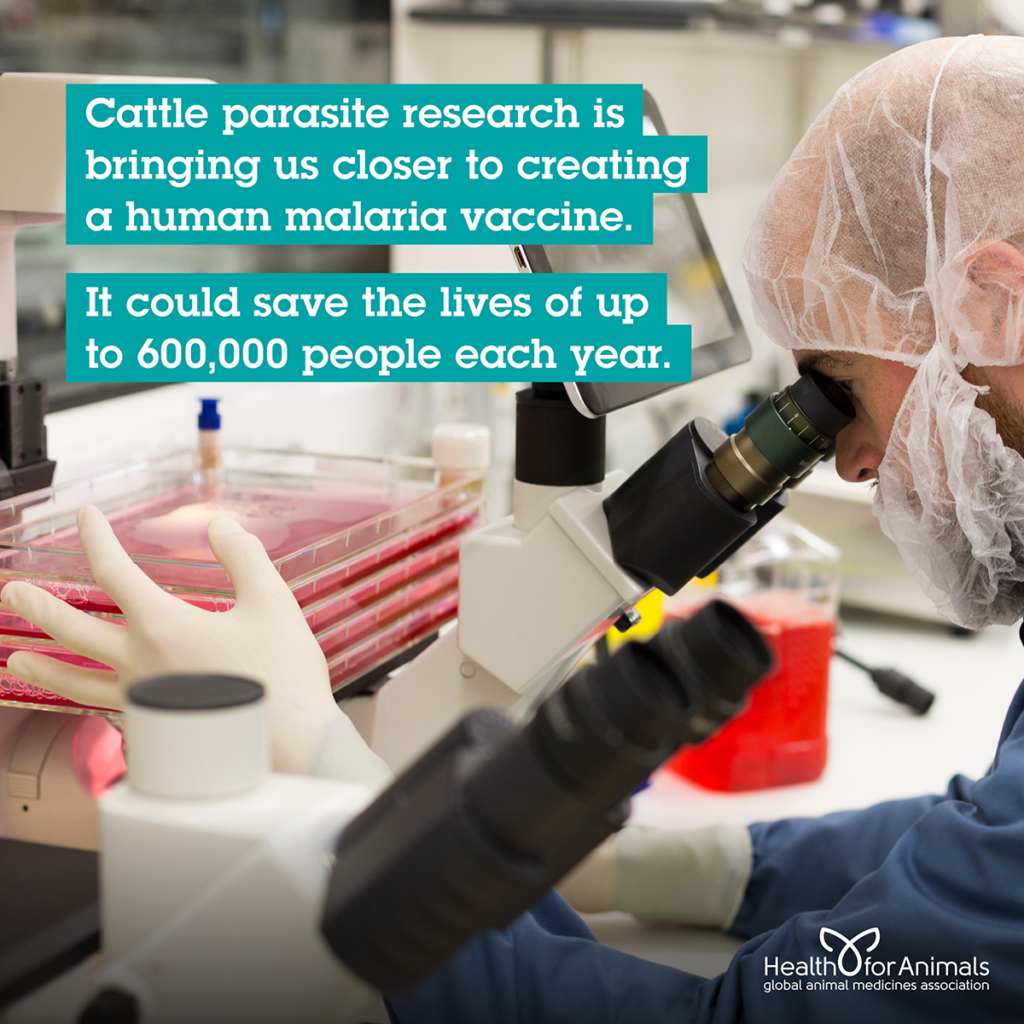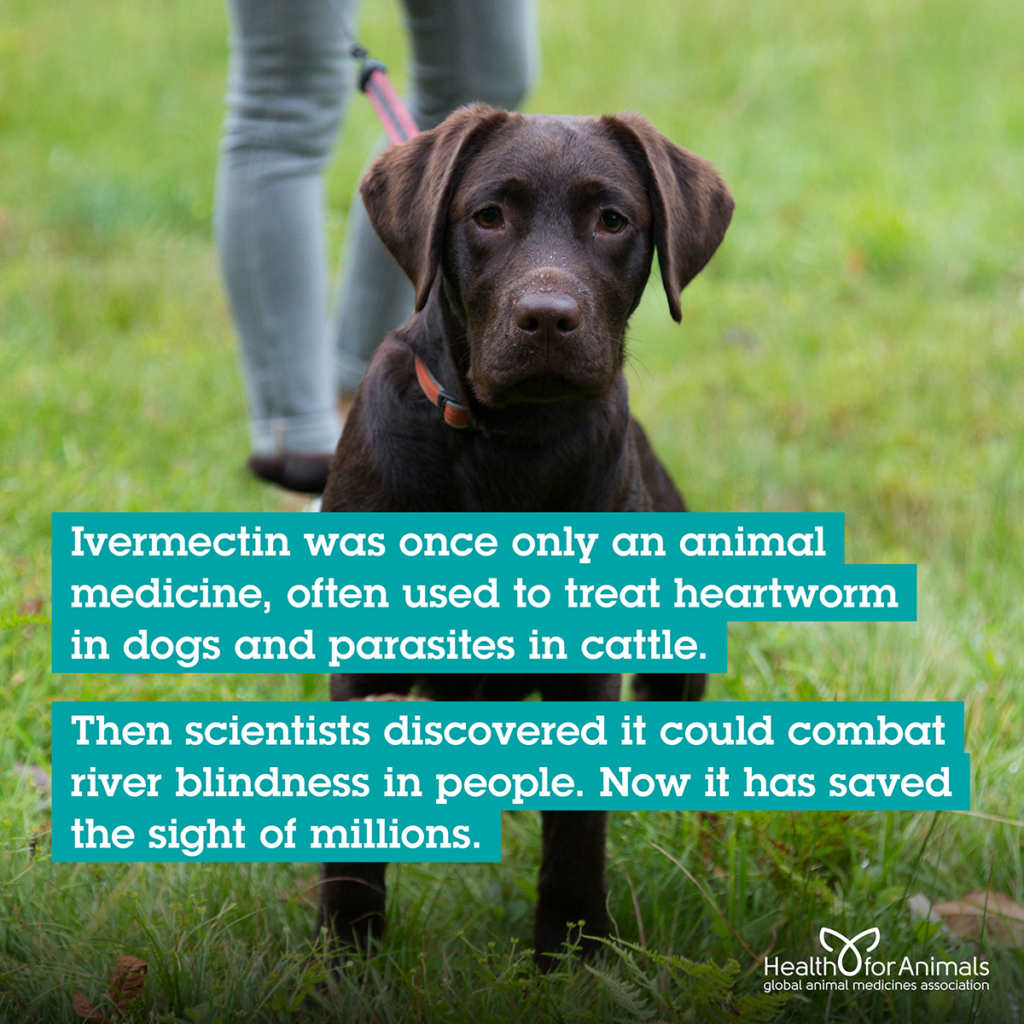Resources: Articles
Three Medical Breakthroughs Thanks to Animal Health
We know human and animal health are interconnected. Zoonotic diseases can impact both humans and animals, and can be transmitted between species. But on the other side of the coin, it means that remedies can also be used across species too. In fact, some medicines which were originally intended to keep animals well have actually helped safeguard the health of millions of humans globally.
We take a look at some of the most astonishing examples of human health discoveries which were borne from animal medicines.
Creating the HPV vaccine to reduce cervical cancer

Since 2008 teenage girls have been given access to the HPV (Human Papillomavirus) vaccine which could prevent them from developing cervical cancer in their later lives. But this massive breakthrough in cancer research, may not have been so forthcoming if it hadn’t been for cattle.
Scientists from the Beatson University in Glasgow found a way to beat this cancer after looking into how scientists in the 1950s researched a vaccine to protect cattle from the bovine form of the papilloma virus, which can cause tumours in cows. Scientists found that a molecule used in this cattle vaccine, could prove to be effective in humans too.
Using this research, scientists at Australia’s University of Queensland were able to develop a vaccine for HPV in people.
This vaccine is now available across the world and evidence shows that it is successfully reducing rates of cervical cancer.
Finding a new way to prevent malaria

Malaria is a life-threatening disease which infects 216 million people every year. It’s a parasitic disease carried by mosquitoes, which has four different types, varying in severity.
Although preventative medication and treatment exists and scientists have found the potential for a vaccination, the disease is complex. This makes it difficult to develop a vaccine, while some forms of the disease have become resistant to medication.
But a new discovery in how livestock handle similar diseases could shed fresh light on a new type of vaccine. Researchers at the University of Edinburgh found that cattle are protected from a parasite which causes East Coast Fever, if they have already been infected with a milder species of the parasite.
The science suggests that other parasitic diseases, such as malaria, might work in the same way. It is thought that people could be infected by a less severe strain of malaria, in order to protect them against the most severe forms of the disease.
These true medical breakthroughs have only been possible by taking a cross-species approach to medicine. And it highlights why ‘One Health’ – a knowledge sharing approach across human, animal and environmental health professionals – should be activated across the world.
Saving eyesight lost through River Blindness

River blindness, also known as onchocerciasis, is a parasitic infection which can cause irreversible loss of sight, as well as severe skin irritation and itching. Around 120 million people across the globe are at risk of contracting river blindness, which is spread by infected black flies.
But in the late 1970s two scientists made a ground-breaking discovery which immediately advanced parasitology research and won them the 2015 Nobel prize in Physiology/Medicine. Dr William Campbell and Professor Satoshi Ōmura found that a veterinary drug used to treat worms and other parasites in livestock and pets, was highly effective at protecting people from the parasite carried by black flies, changing the fate of millions of the world’s poorest people.
The drug, Ivermectin, is now taken by some millions of people every year to save their sight.
Find out more about the inspirational discovery of ‘wonder drug’ – Ivermectin.